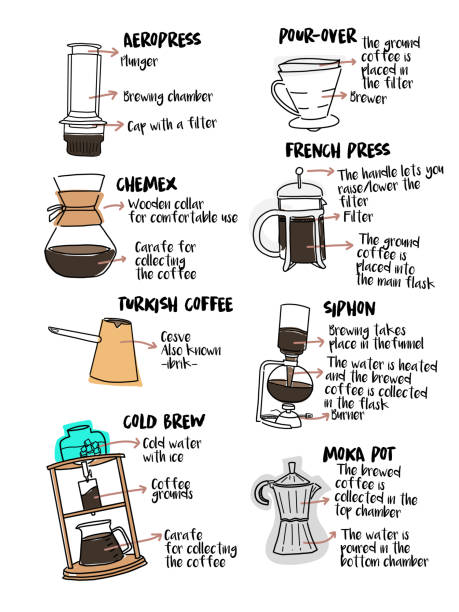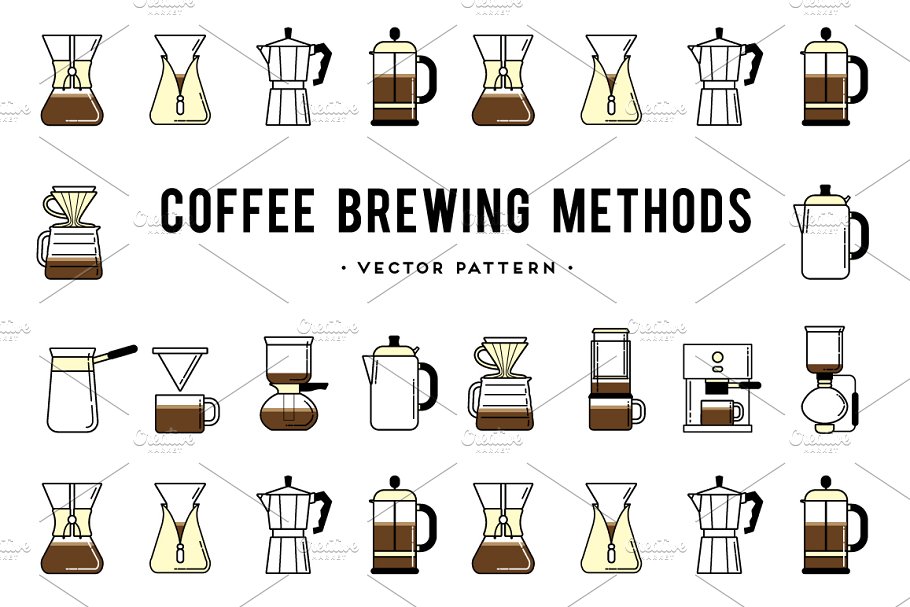Checking Out the Art of Coffee Brewing: A Comprehensive Overview to Developing Your Mug
The art of coffee brewing is a diverse self-control that combines science with individual expression, where the selection of beans, water quality, and brewing techniques converge to produce a refined sensory experience. Understanding the subtleties of various coffee beans, specifically the distinctions in between Arabica and Robusta, is crucial for any kind of aficionado. The option of ideal devices and precise focus to developing specifications can significantly influence the final result. As we check out these components, one must take into consideration just how even minor changes can result in extensive changes in flavor and fragrance-- what might these modifications reveal about your ideal cup?
Understanding Coffee Beans
To truly appreciate the art of coffee brewing, one should first comprehend the foundational component: coffee beans. These small seeds, generally stemmed from the Coffea plant, are essential in establishing the taste profile, fragrance, and total quality of the made drink. Coffee beans mostly fall under two classifications: Arabica and Robusta. Arabica beans, recognized for their fragile tastes and greater level of acidity, are frequently preferred by aficionados. In contrast, Robusta beans have a more powerful, more bitter taste and higher high levels of caffeine material, making them appropriate for coffee blends.

In addition, the processing method-- whether washed, natural, or honey-- affects the beans' last preference. Comprehending these aspects permits makers to choose the best beans that line up with their preferred flavor profile, eventually improving the coffee developing experience. coffee brewing methods. This comprehension is essential for any person aspiring to grasp the craft of brewing the perfect mug of coffee
Brewing Approaches Described
Lots of lovers locate that the option of developing technique substantially affects the final flavor and fragrance of their coffee. Each approach harnesses different removal methods, affecting the coffee's personality and splendor.
Drip developing, among one of the most prominent techniques, makes use of a device to drip warm water through ground coffee, generating a clean and constant cup. French press, on the various other hand, immerses coffee grounds in hot water, permitting for a fuller body and even more durable taste, as oils and fine bits stay in the brew.
Pour-over brewing offers a meticulous approach, where water is by hand poured over coffee premises, permitting precise control over removal time and temperature, leading to a bright and nuanced cup.
Coffee, a concentrated coffee made under pressure, is understood for its solid taste and velvety appearance, working as the base for various coffee drinks, consisting of coffees and cappucinos.
Vital Tools Needed
The structure of any successful coffee developing procedure exists in top quality basics devices tailored to your preferred method. A reputable coffee mill is essential; freshly ground beans substantially improve taste and scent.
Next, consider your developing device. Choices vary from drip coffee machine and pour-over arrangements to French presses and coffee equipments. Each approach provides distinctive flavor accounts and brewing techniques, so choose one that lines up with your taste choices.
An exact range is likewise invaluable, enabling you to measure coffee and water precisely, which is essential for consistency. Furthermore, a thermometer can assist keep an eye on water temperature level, as it straight affects removal quality.
Mastering Water Quality
The high quality of water used in brewing coffee plays a significant function in identifying the final flavor account of the mug. Different aspects add to water top quality, consisting of mineral content, pH level, and total pureness. Ideally, water must be free from impurities and pollutants, as these can adversely influence the taste of coffee.
Minerals, such as calcium and magnesium, enhance the extraction of flavors from the coffee grounds, while preserving a balanced pH level-- around 6.5 to 7.5-- is important for ideal removal. Water that is too soft may cause under-extraction, causing sour or weak tastes, while excessively difficult water can create a bitter or extreme cup.
For the very best results, filtered water is suggested, as it decreases the existence of chlorine and other undesirable substances frequently discovered in tap water. Furthermore, take into consideration using water with a Total Dissolved Solids (TDS) level between 150-200 ppm, which is typically excellent for coffee developing. By understanding water high quality, you can lay a strong foundation for attaining a constantly excellent mug of coffee, enabling the unique features of your chosen beans to beam through.

Tips for Flavor Improvement
Enhancing the flavor of your coffee can significantly elevate your brewing experience and bring out the distinct subtleties of your chosen beans. To achieve this, think about numerous crucial aspects that affect taste.
Firstly, the work size blog plays an important function. A finer work increases extraction, resulting in bolder tastes, while a coarser grind yields a milder cup. coffee brewing methods. Change your work according to your brewing technique check my blog to achieve optimum results
Second of all, experiment with brew time. Over-extraction can cause anger, while under-extraction cause a sour preference. Goal for a brew time that balances these extremes, normally between 2 to four minutes, depending upon your method.
Brewing with water that is also hot can swelter the coffee, while water that is also great may fall short to remove adequate taste. In conclusion, the art of coffee brewing is a complex method that calls for a deep understanding of various elements, consisting of bean selection, developing approaches, and water quality. By integrating these components, coffee lovers can elevate their brewing strategies, resulting in a mug that not only pleases individual choices however also showcases the rich complexity of coffee flavors.
The art of coffee brewing is a diverse technique that merges science with individual expression, where the option of beans, water top quality, and developing methods assemble to develop a polished sensory experience.To truly value the art of coffee developing, one need to initially understand the foundational element: coffee beans. Brewing with water that is as well hot can swelter the coffee, while water that is too great may stop working to remove appropriate taste. In conclusion, the art of coffee developing is a multifaceted practice that needs a deep understanding of different aspects, consisting of bean selection, developing methods, and water quality. By integrating these components, coffee fanatics can boost their developing methods, resulting in a cup that not only satisfies personal preferences but likewise showcases the rich intricacy of coffee tastes.